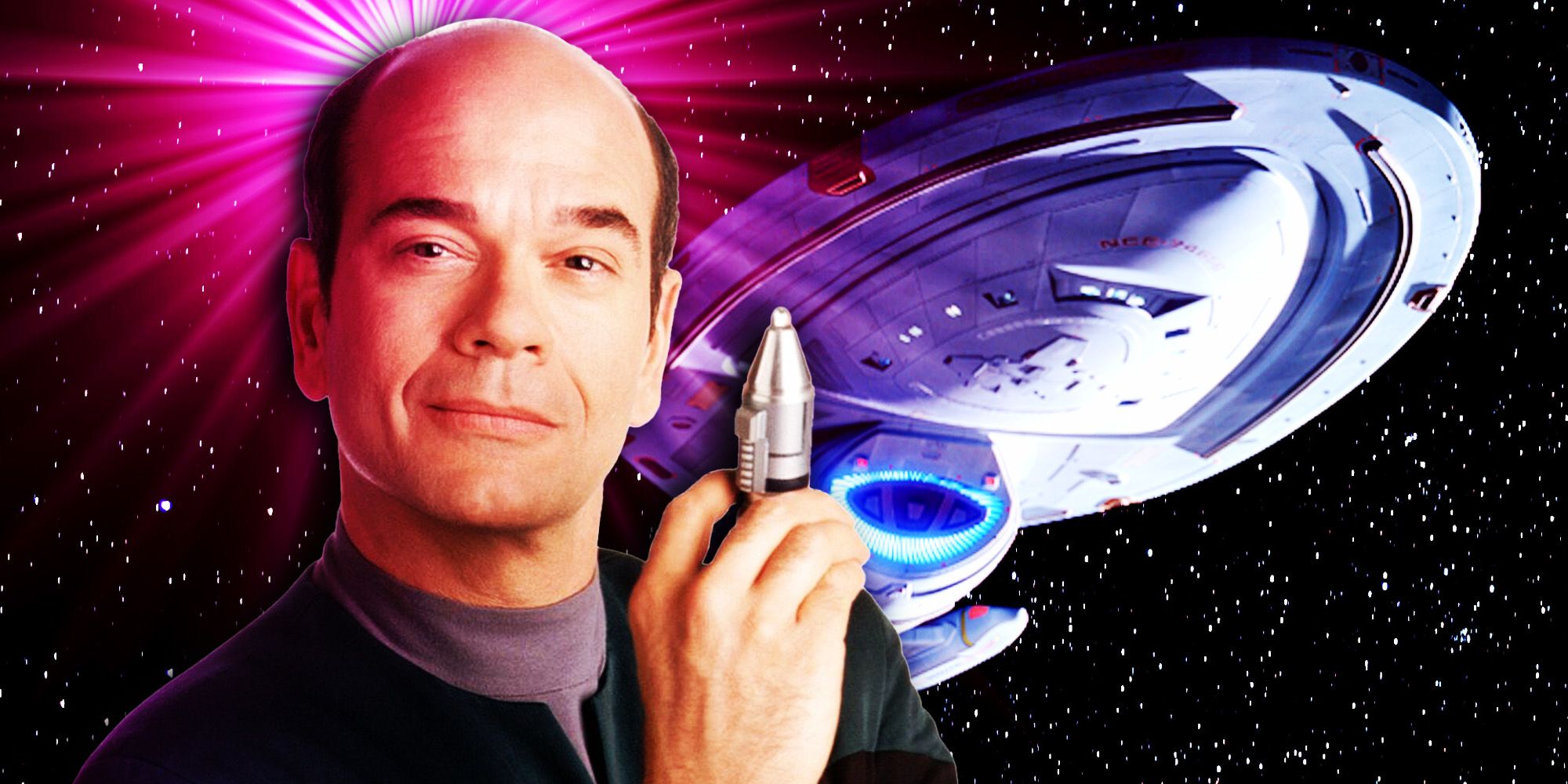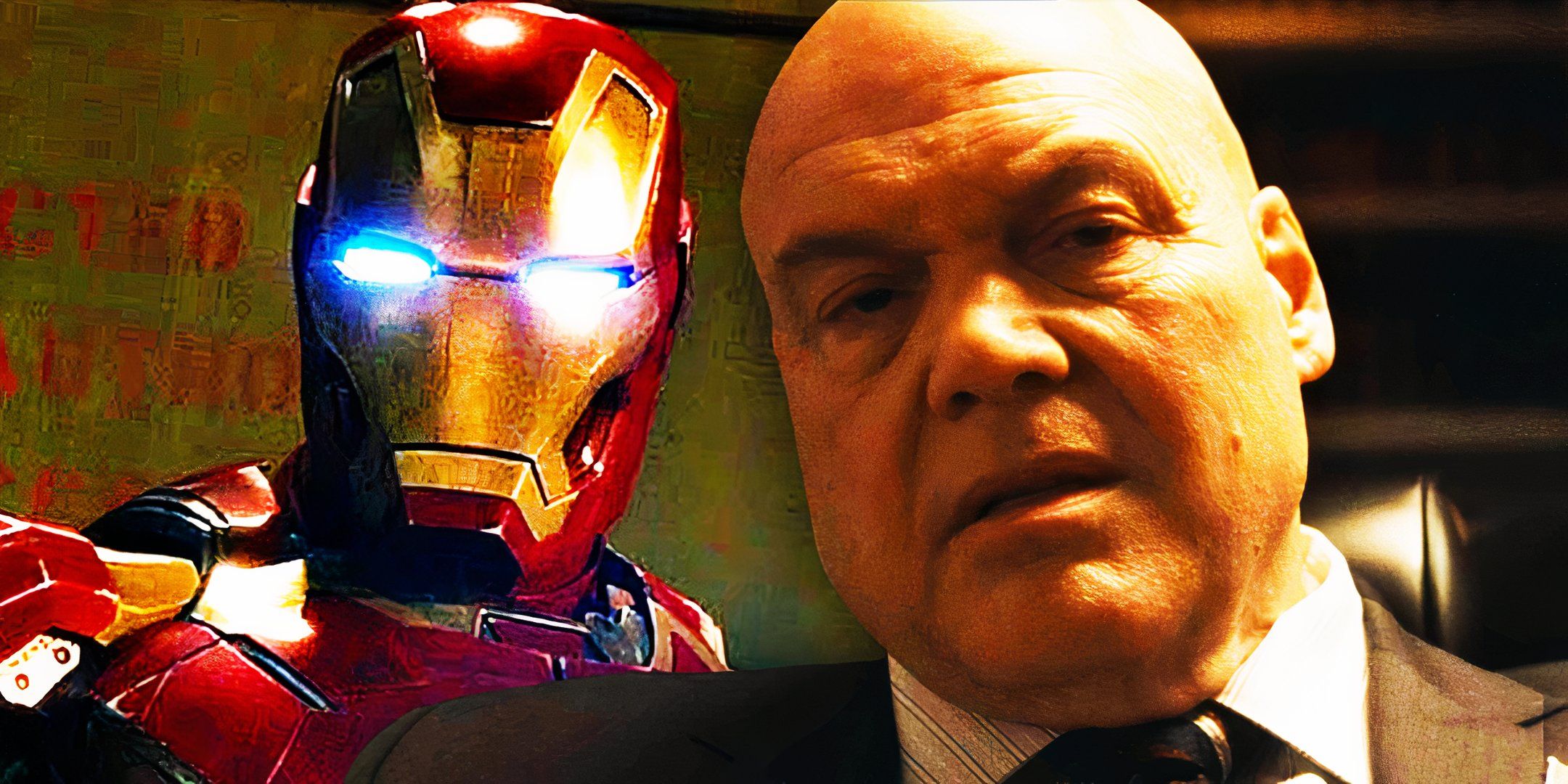Star Trek: Voyager's Hologram Doctor Is A Real Thing Now
Summary Modern holographic technology is bringing us closer to interacting with a hologram doctor from Star Trek: Voyager in real-time.
Medical holograms are a promising precursor to the hologram Doctor in Voyager, offering personalized remote doctor-patient visits.
While we're not quite at Voyager's level yet, advancements in hologram technology could make a Star Trek-style medical hologram a reality.
You might not have to wait until the 24th century to be seen by a hologram doctor, because modern technology is taking a cue from Star Trek's Emergency Medical Hologram (Robert Picardo) from Star Trek: Voyager. The EMH replaced the USS Voyager's human Chief Medical Officer, who died during the Intrepid-class starship's harrowing first mission. Being lost in the Delta Quadrant meant Voyager couldn't request more staff from Starfleet Command, so even though the Doctor was originally designed as a stopgap — as the "Emergency" part of the name implies — Star Trek: Voyager's Doctor eventually took over CMO duties full-time.
Star Trek often inspires technology that we see in action today. The communicators in Star Trek: The Original Series inspired the flip phones of the 2000s. Mobile tablets are based on the Personal Access Display Device (PADD) first seen in Star Trek: The Next Generation -- the iPad can even trace its name back to TNG's hand-held screen. The AR Wall, used to bring fictional environments to life for film and television production (Star Trek included) is the closest thing that modern technology has to Star Trek's holodeck. And now, one Dutch company, Holoconnects, is making it possible to interact with a hologram doctor in real-time.
Related 10 Technologies In Star Trek That Exist In Real Life From computer tablets and flip phone communicators to tricorders, etc., discover the technological breakthroughs on Star Trek that exist in real life.
Medical Holograms Are A Precursor To Star Trek: Voyager's Hologram Doctor
Modern Holographic Technology Makes Remote Doctor-Patient Visits More Personal
Close
Today's medical holograms are a precursor to the holographic Doctor in Star Trek: Voyager. The Holobox system is a two-way communication technology between doctor and patient. The doctor speaks from a studio in his or her own office, and the live recording is transmitted through the internet to the hologram projector box setup in a remote location.
The result is real-time personal interaction with a doctor who appears in 3D, right in your own home. It's not exactly like Voyager's EMH, but medical holograms are promising technology for people who might feel like they might as well be in the Delta Quadrant, for as far as they are from quality medical care.
Hologram technology in the near future could be closer to the Doctor in Star Trek: Voyager than we think. The Doctor in Voyager is programmed with the content of Starfleet Medical's database, and knowledge from Star Trek's best doctors. Before the EMH learns to operate beyond his initial programming, the Doctor's behavior is dictated by those databases, just like other holograms in Star Trek.
Combined with real-time generated projection, a large language model AI program trained on medical databases could eventually make a Star Trek: Voyager style medical hologram real ... as long as we completely eradicate AI's problems with bias and hallucination before entrusting it with human lives.
We're Still A Long Way From Star Trek: Voyager's Hologram Doctor
Today's Holographic Doctors Are Closer To Holograms in Star Trek: Discovery
Close
We're still a long way from Star Trek: Voyager's hologram Doctor, but modern hologram doctors do work a lot like the type of holograms seen in Star Trek's 23rd century. In the first 2 seasons of Star Trek: Discovery, the holo-communicator uses holographic technology to project a real-time image of someone in a remote location, making it seem like the person is right there in the room.
This 2-way holographic communication system is installed on the bridges and crew quarters of several Starfleet vessels, including the USS Shenzhou, the USS Discovery, and the USS Enterprise. Holo-comms are glitchy, however, and eventually stop being used.
Captain Christopher Pike (Anson Mount) dislikes the holo-communicator images, saying they "look like ghosts", leading to the removal of the holo-comm system on the USS Enterprise, and an in-universe explanation for why holograms aren't in Star Trek: The Original Series.
Holograms in Star Trek's 24th century, like in Star Trek: Voyager, are made of photonic energy confined to a magnetic containment field, so they can interact with physical objects and people. By contrast, modern hologram technology is made from images or video projected onto specially-treated glass.
Today's holograms create the illusion of a 3-dimensional person being present, so hologram doctors in the 2020s won't be able to perform surgery anytime soon. In an emergency capacity, hologram doctors could provide instructions for basic first aid or stabilizing patients, depending on the "nature of the medical emergency", just like Star Trek: Voyager's Emergency Medical Hologram.
Star Trek: Voyager Where to Watch stream rent buy Not available Not available Not available *Availability in US Release Date May 23, 1995 Seasons 7 Where To Watch Paramount+
Star Trek: Discovery Where to Watch stream rent buy Not available Not available Not available *Availability in US Release Date September 24, 2017 Seasons 4 Where To Watch Paramount+
Source: ABC News











COMMENTS